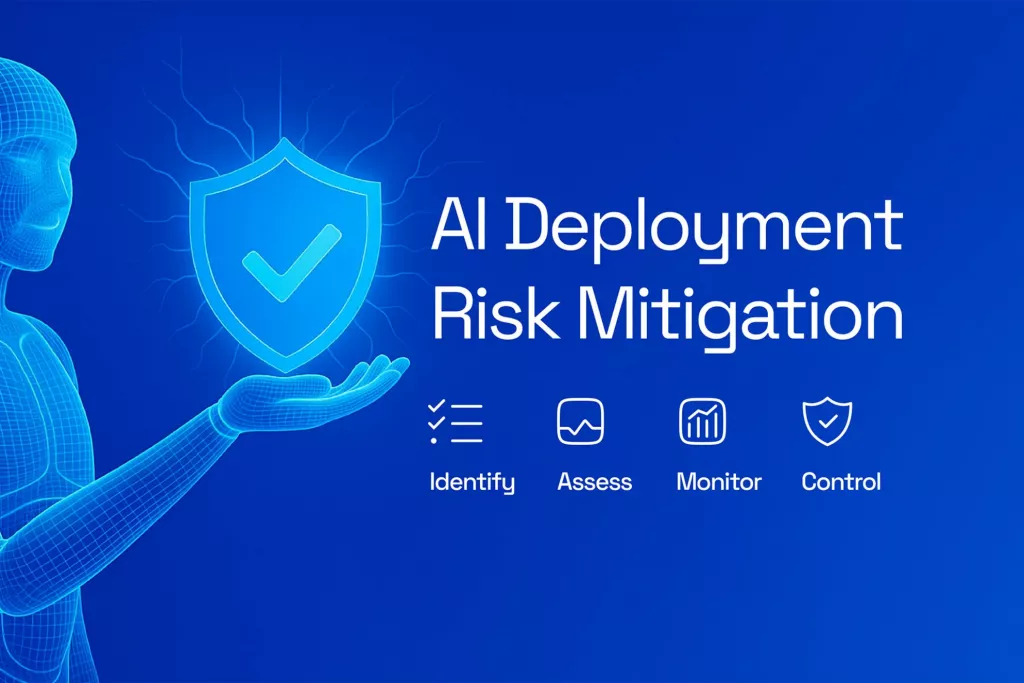
Document Processes
The first step is to identify all the document processes currently in use, including those that are paper-based and manual. Problems associated with traditional document processes include increased risk of data loss, longer processing times, and a lack of real-time visibility into the status of documents.
You can imagine the hustle if your company still operates a documents warehouse. Besides the facility maintenance costs, fires or natural disasters might occur and destroy the archives. Then comes the time consuming process of manual archiving.
Identifying Bottlenecks and Inefficiencies
Manual data entry and long approval processes can cause bottlenecks and delays leading to decreased efficiency and increased costs. Inefficient data flow and duplication can cause errors, confusion, and delays in decision-making, leading to missed opportunities. The impact can be significant because it affects customer satisfaction, employee morale, and overall company performance.
Take, for instance, an employee that submits paper documents for approval, such as a purchasing order. It may take days until approval is granted from different individuals or departments. This causes a delay inthe process which in turn causes missed deadlines, frustration and even lost revenue.
Outdated Technology
Evaluating existing technology and systems is critical in identifying areas where digitization can improve operations. It is essential to identify outdated or underutilized technology that may be holding the company back.
A bespoke software solution can help address specific issues and streamline operations. As opposed to off-the-shelf software, a bespoke solution will have custom functionalities that only your company needs, thus accelerating processes.
Mapping Workflows
Mapping workflows is a crucial step in identifying opportunities for automation. Identifying processes that require automation can help save time and resources while improving accuracy and reducing errors. Workflow optimization and automation can lead to more efficient decision-making and a more streamlined company.
For example, if you were mapping a sales process, you would have to break down into detailed steps the following: lead generation, qualification, presentation, negociation and closing. Once you have mapped out the workflows for each step, you can identify opportunities for improvement, such as automating repetitive tasks, eliminating unnecessary steps, or improving communication between departments.
Conducting a Preparatory Evaluation
At first, conducting an internal evaluation can be done without an external consultant, particularly for SMEs. Internal meetings and a keen eye might reveal much about the company's needs to digitize. Gathering feedback from employees and stakeholders in this way can help identify areas that need improvement and help build a roadmap for digitization. Later on, when the digitization needs are clear and the bottlenecks identified, you can require the services of automation and custom software specialists.
In conclusion, digitizing a company is a process that requires careful evaluation of traditional internal processes in order to identify areas where digitization can improve operations. By addressing inefficiencies, mapping workflows, and evaluating existing technology, companies can streamline operations, reduce costs, and increase profitability. Conducting preparatory evaluations and gathering feedback from employees and stakeholders can help identify areas that need improvement and ensure the successful implementation of a digital transformation.



